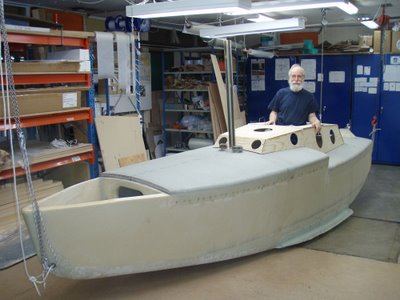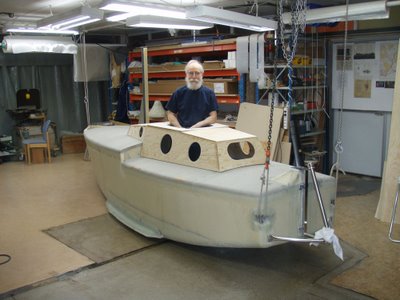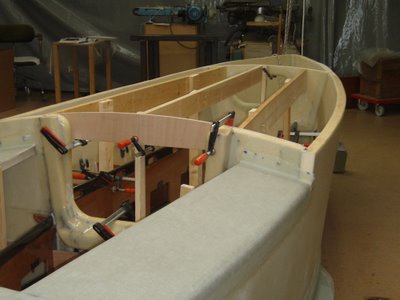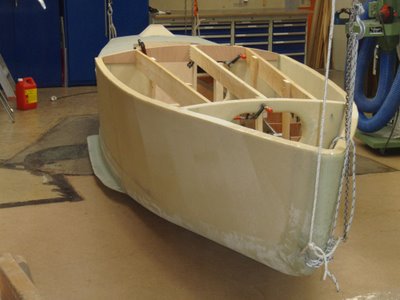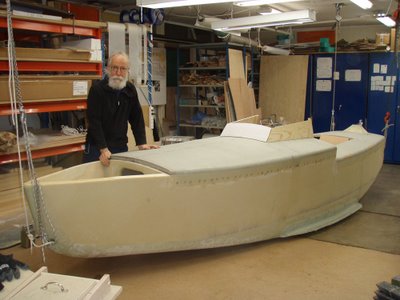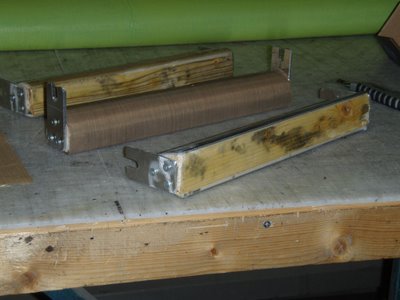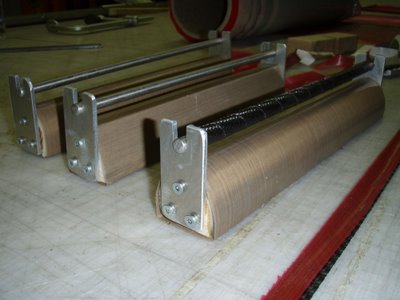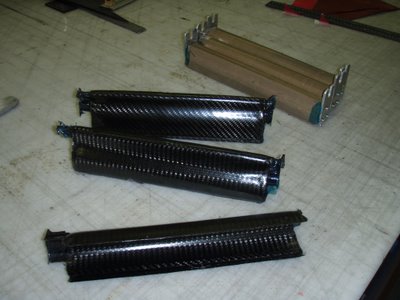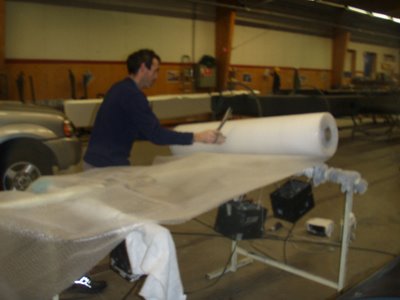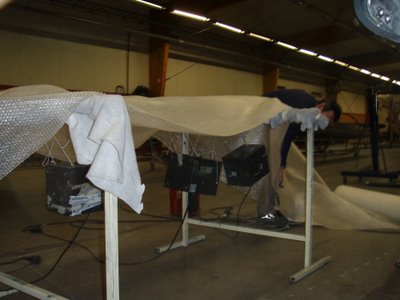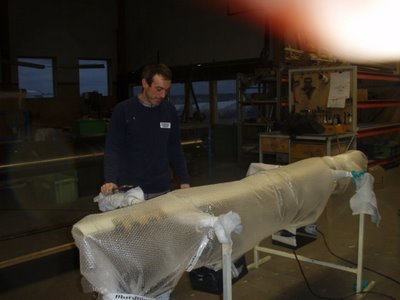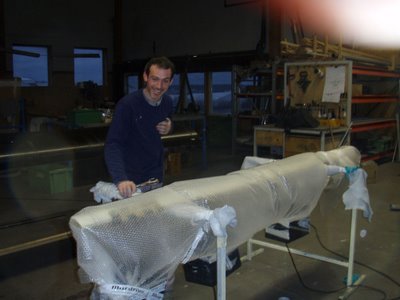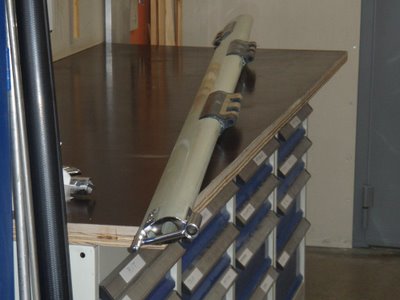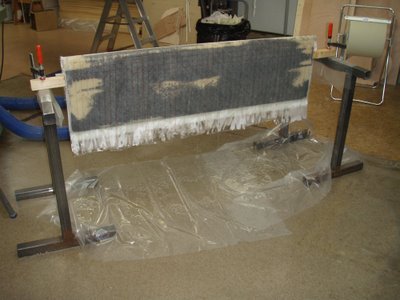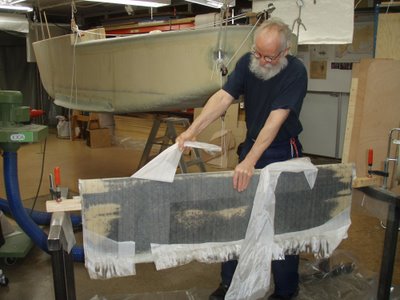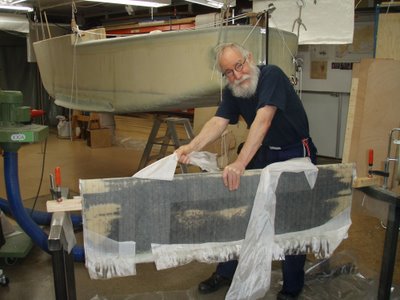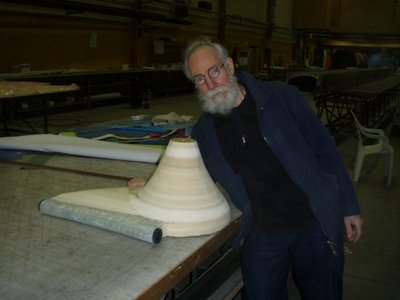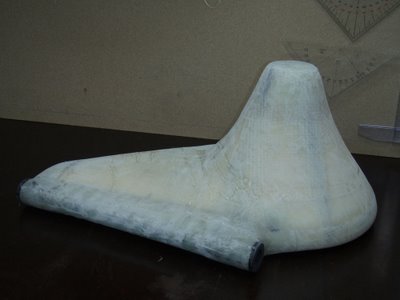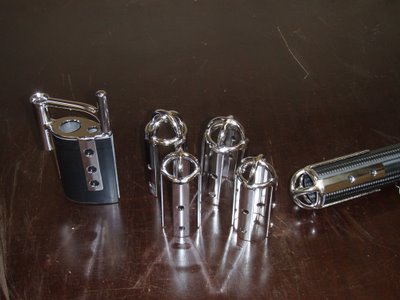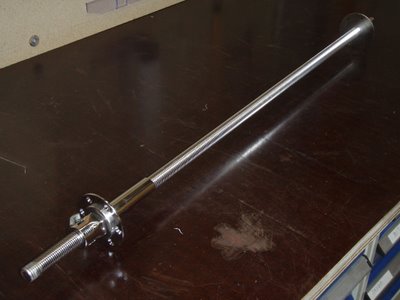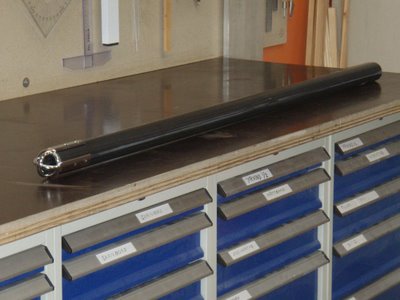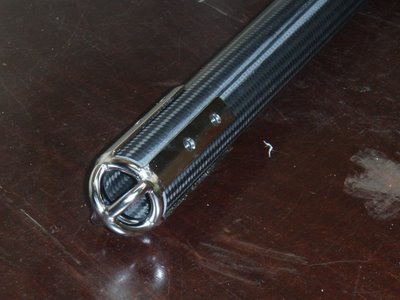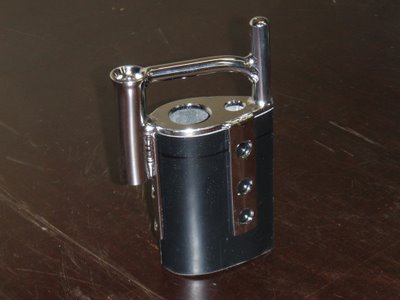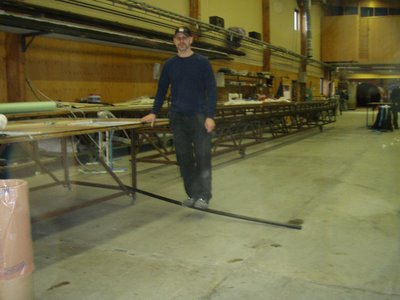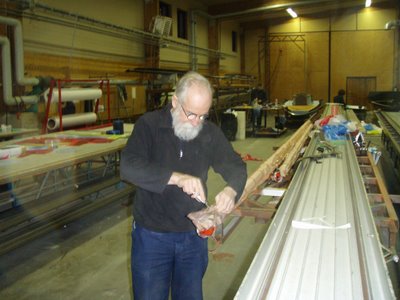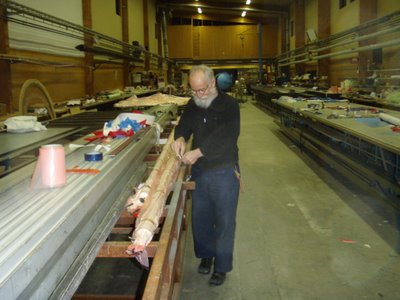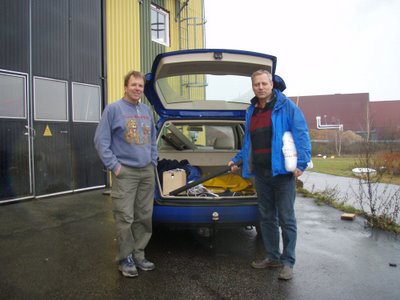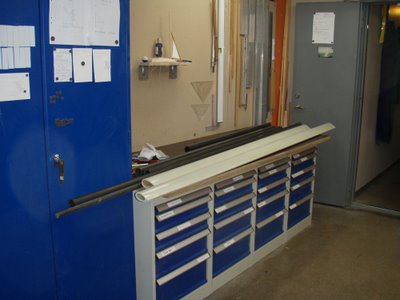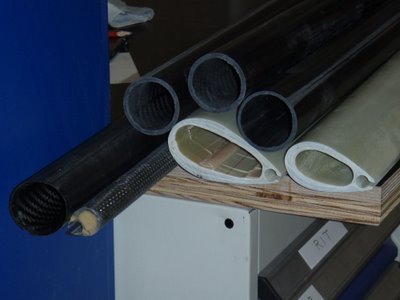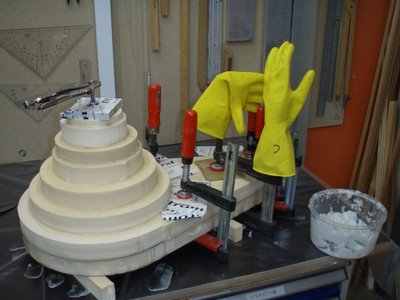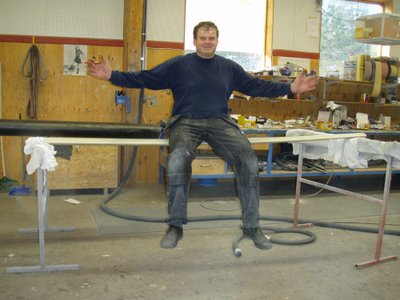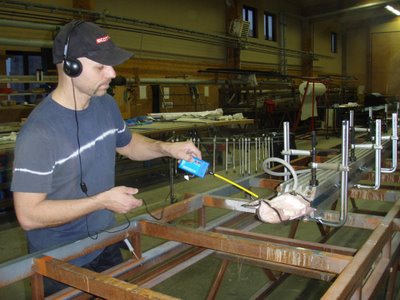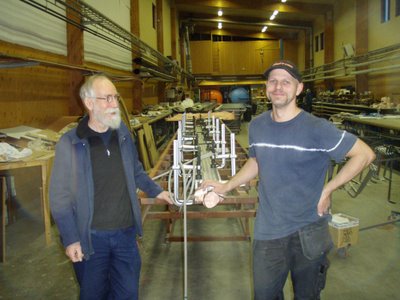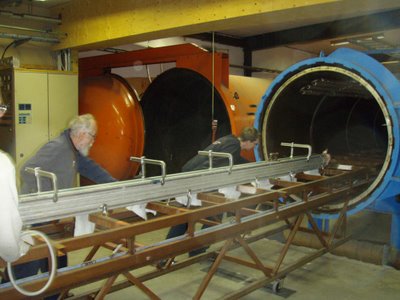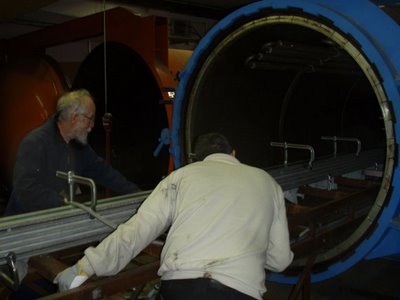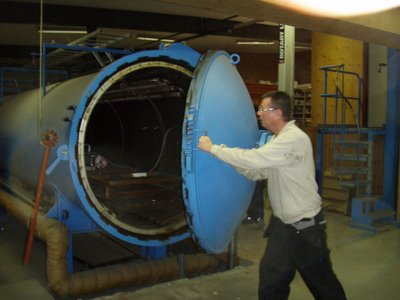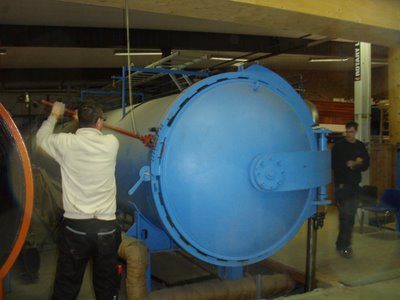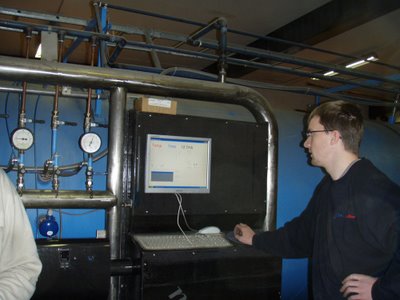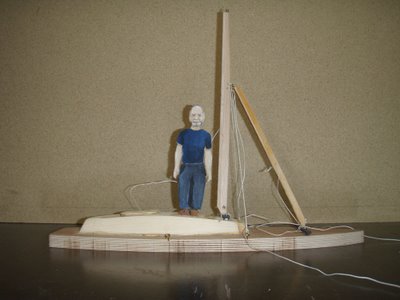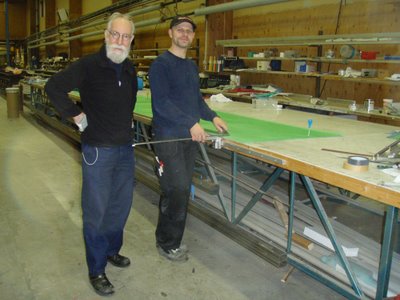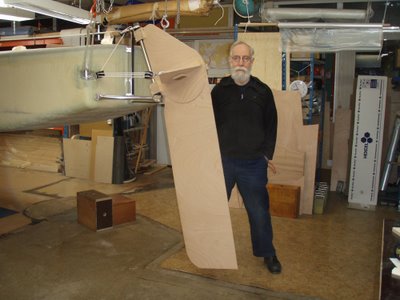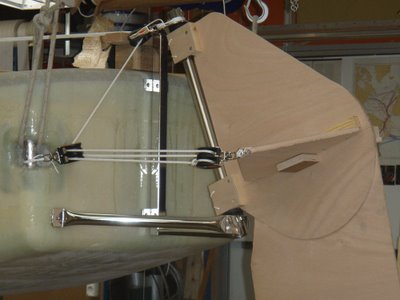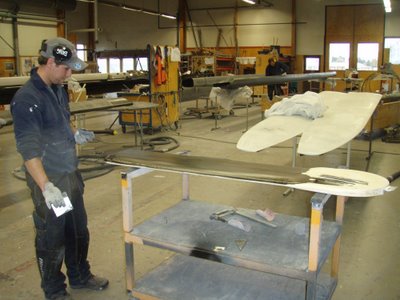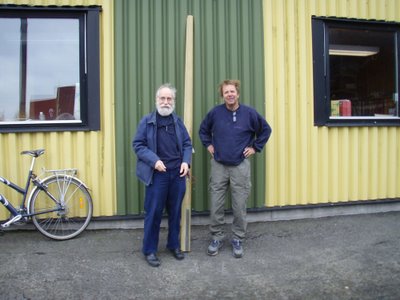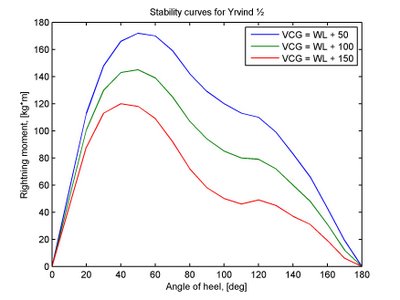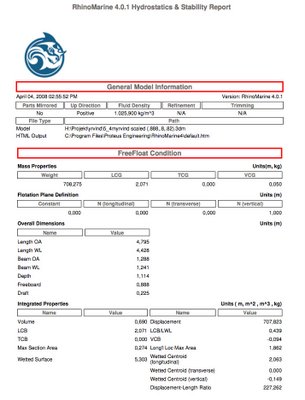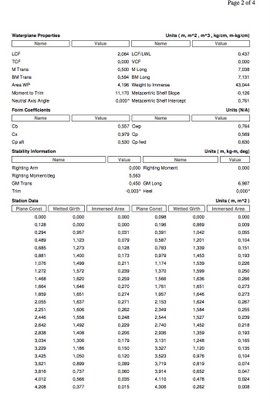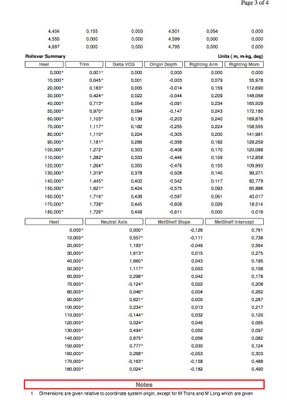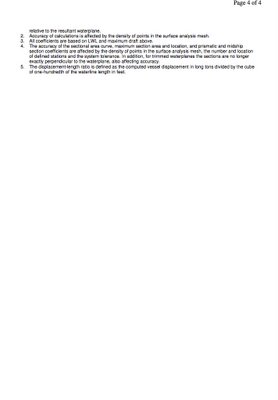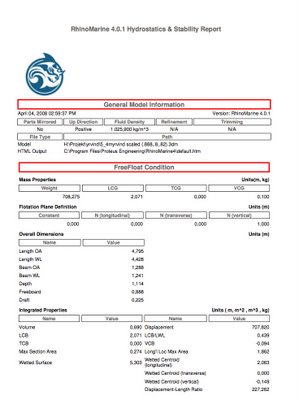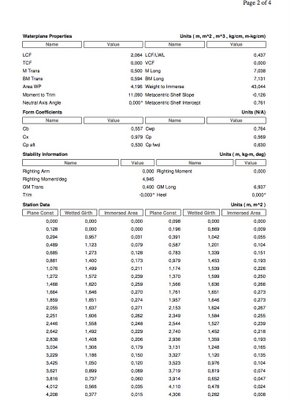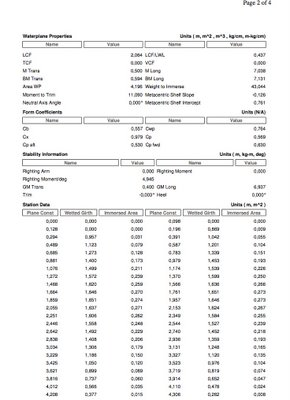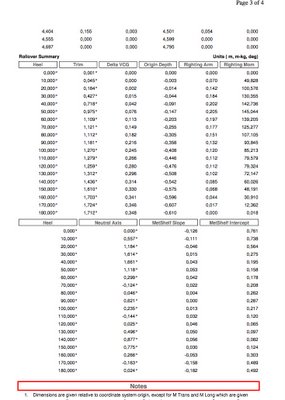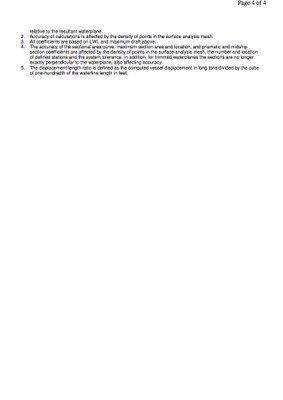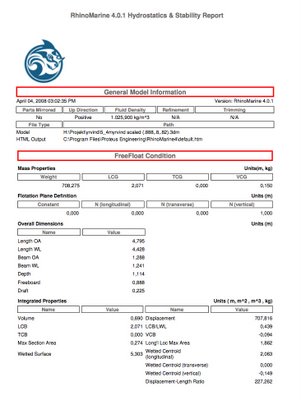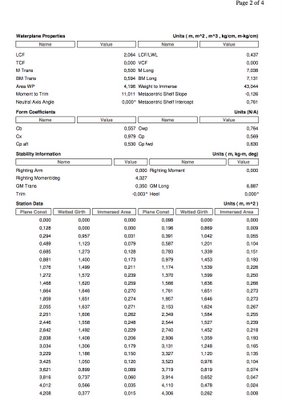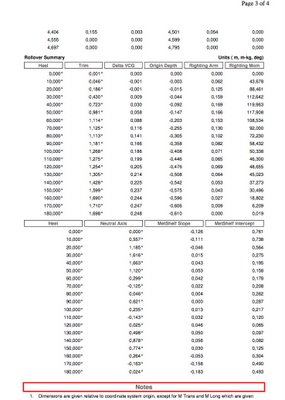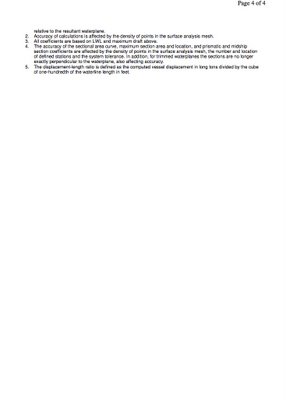There are many things to consider when designing a boat bound for Cape Horn with an old skipper who does not like to get wet and cold, but now finally I think I got most things right.
Through the windows in the aft cabin I will have a good view of the surrounding seascape from my comfortable chair.
From the bunk in my bedroom will have a good look at the sail.
There is ample place for ventilators and ducts of my waterproof system so that no water will enter even when the boat is upside down.
I have designed a hatch closing system on the principle of the Highfield lever. There is one latch out of the way below each of four corners of the hatch. From the latches a Spectra rope goes to a hook in the hatch which then can be made to press against a deep EPDM cell rubber gasket to the desired pressure and tightness. The good things with this system is that when the hatch is open there is nothing in the rim which chafes or snags.
Another advantages is that I can, in heavy weather have a modified kayak spray shirt permanently mounted on the hatch rim because the Spectra ropes can come through small waterproof holes is the spray shirt and I can from inside the spray shirt put the loops of the ropes on the hooks. I can therefore get inside the, to the boat attached spray shirt before before I open the hatch. In principle not one drop of water can enter the boat.
The mast is only 75 centimeter 2´6´´ in front of the hatch and therefore easily be reached without going on deck. The spar in the picture is a mock up of the mast.
The hatch is 40 x 45 centimeter a size I used on my first Bris in which I cruised many years. It is a size which suits me well.
I will be able to open the aft window in good weather to get better ventilation. It is closed tightened from the outside by bolts. Also the outside of the aft window is very easily reached from the hatch.
From the hatch I can also reach the water by leaning overboard. This is convenient when washing up and brushing my teeth.
I realize that my description may not be very clear but more pictures will follow as work progress.

